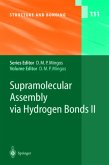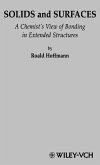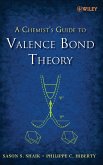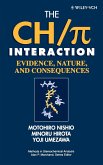This graduate level text presents the first comprehensive overview of modern chemical valency and bonding theory, written by internationally recognised experts in the field. The authors build on the foundation of Lewis- and Pauling-like localized structural and hybridization concepts to present a book that is directly based on current ab-initio computational technology. The presentation is highly visual and intuitive throughout, based on the recognizable and transferable graphical forms of natural bond orbitals (NBOs) and their spatial overlaps in the molecular environment. The book shows applications to a broad range of molecular and supramolecular species of organic, inorganic and bioorganic interest. Hundreds of orbital illustrations help to convey the essence of modern NBO concepts for those with no extensive background in the mathematical machinery of the Schrödinger equation. This book will appeal to those studying chemical bonding in relation to chemistry, chemical engineering, biochemistry and physics.
'The authors are clearly leaders in the field. ... the book is well-written with vast numbers of illustrations as well as very useful worked examples. The impressive level of detail for individual systems can sometimes mask the underlying story, but salvation usually comes in the form of incisive summaries at the end of various major sections. This graduate-level book will be particularly useful to those who wish to understand NBO-based arguments presented in the literature and it is likely to be an invaluable resource for anyone who runs, or wishes to run, NBO analysis for themselves.' Chemistry World








